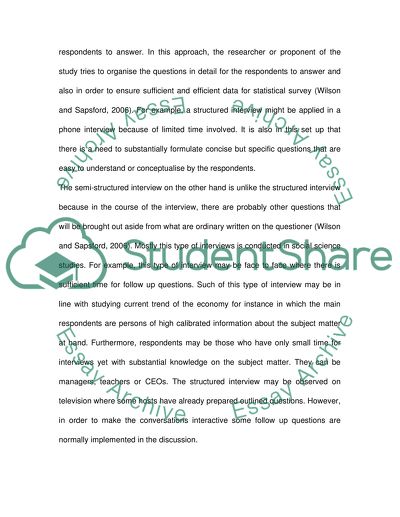Cite this document
(“Research and Information Management: Research methods Essay”, n.d.)
Retrieved from https://studentshare.org/environmental-studies/1404960-research-and-information-management-research
Retrieved from https://studentshare.org/environmental-studies/1404960-research-and-information-management-research
(Research and Information Management: Research Methods Essay)
https://studentshare.org/environmental-studies/1404960-research-and-information-management-research.
https://studentshare.org/environmental-studies/1404960-research-and-information-management-research.
“Research and Information Management: Research Methods Essay”, n.d. https://studentshare.org/environmental-studies/1404960-research-and-information-management-research.


